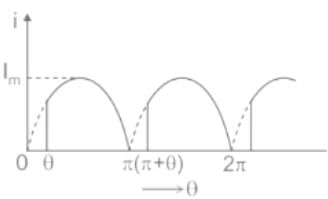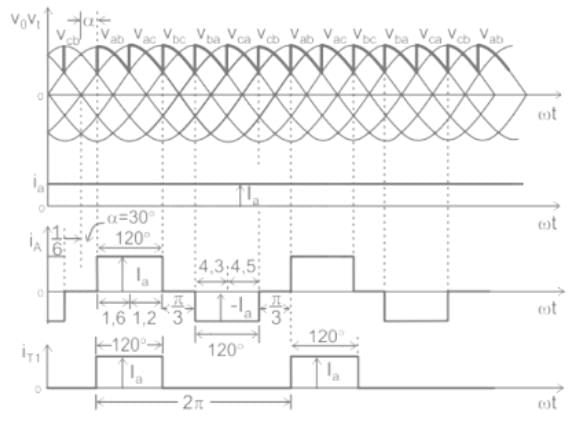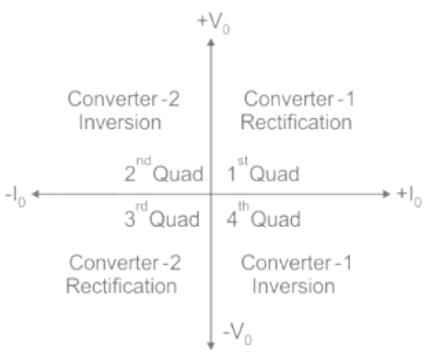Test: Phase Controlled Rectifiers - Electrical Engineering (EE) MCQ
10 Questions MCQ Test - Test: Phase Controlled Rectifiers
How many thyristors are there in a three-phase full wave controller?
In a single Phase full converter with resistive load and firing angle α. The load current is non-zero and zero, respectively for-
3 phase, 6 pulse converter shown in the figure, the load is taking ripple free constant current of 10 A. The average output voltage of the converter is 150 V at a firing angle α = 30º. Find the value of line resistance R in ohms. (Up to two decimal places)


In a dual converter, if the firing angle of one bridge is 30°, then the firing angle of second bridge is ______.
A delayed full-wave rectified sinusoidal current has an average value equal to half its maximum value. Find the delay angle θ.

A delayed full-wave rectified sinusoidal current has an average value equal to one – third its maximum value. Find the delay angle.
Distortion factor (DF) and total harmonic distortion (THD) are related by.
A freewheeling diode in a phase-controlled rectifier:
A single-phase, full-bridge diode rectifier fed from a 230 V, 50 Hz sinusoidal source supplies a series combination of finite resistance, R, and a very large inductance, L. The two most dominant frequency components in the source current are:
A six-pulse thyristor bridge rectifier is connected to a balanced three-phase, 50 Hz AC source. Assuming that the DC output current of the rectifier is constant, the lowest harmonic component in the AC input current is


































